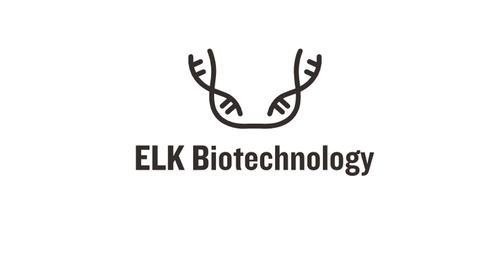Product Description
Rabbit Thrombomodulin (TM) ELISA Kit | AE14838RB | Abebio
Species Reactivity: Rabbit (Oryctolagus cuniculus)
Abbreviation: TM
Alternative Name: N/A
Application: ELISA
Range: Request Information
Sensitivity: Request Information
Intra-Assay: ≤4.4%
Inter-Assay: ≤11.5%
Recovery: 1, 03
Sample Type: Serum, Plasma, Other biological fluids
Detection Method: Sandwich
Analysis Method : Quantitive
Test Principale: This assay employs a two-site sandwich ELISA to quantitate TM in samples. An antibody specific for TM has been pre-coated onto a microplate. Standards and samples are pipetted into the wells and anyTM present is bound by the immobilized antibody. After removing any unbound substances, a biotin-conjugated antibody specific for TM is added to the wells. After washing, Streptavidin conjugated Horseradish Peroxidase (HRP) is added to the wells. Following a wash to remove any unbound avidin-enzyme reagent, a substrate solution is added to the wells and color develops in proportion to the amount of TM bound in the initial step. The color development is stopped and the intensity of the color is measured.
Product Overview: Thrombomodulin (TM) is the cell surface receptor for thrombin. When occupied, thrombomodulin converts thrombin from a procoagulant protein into the activator of Protein C. Once activated Protein C (APC) has been generated, thrombomodulin acts as a major anticoagulant through its ability to inactivate various blood factors (Va, VΙΙΙa, Xa and XΙΙΙa) . In competing for thrombin binding, thrombomodulin inhibits the proteolytic effect of thrombin in its clotting of fibrinogen, the inactivation of Protein S and the induction of platelet aggregation. TM is an integral membrane glycoprotein resembling in structure the low-density lipoprotein (LDL) receptor.TM possesses several EGF repeats, of which numbers five and six are responsible for the high affinity binding of thrombin (Kd = 0.5 nM) .
Stability: The stability of ELISA kit is determined by the loss rate of activity. The loss rate of this kit is less than 5% within the expiration date under appropriate storage condition. The loss rate was determined by accelerated thermal degradation test. Keep the kit at 37°C for 4 and 7 days, and compare O.D.values of the kit kept at 37°C with that of at recommended temperature. (referring from China Biological Products Standard, which was calculated by the Arrhenius equation. For ELISA kit, 4 days storage at 37°C can be considered as 6 months at 2 - 8°C, which means 7 days at 37°C equaling 12 months at 2 - 8°C) .
 Euro
Euro
 USD
USD
 British Pound
British Pound
 NULL
NULL












